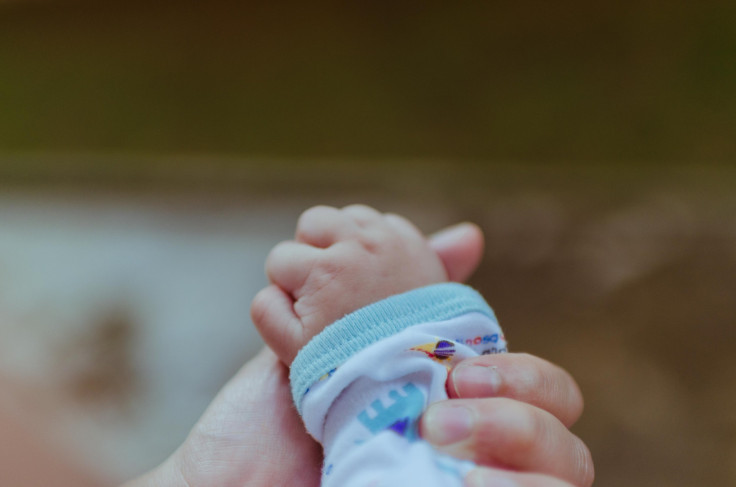Relax, Moms-To-Be: Induced Labor Is Not Linked To Autism

It appears that induced labor is not one of the many potential risk factors for autism spectrum disorder, at least according to new research published Monday in JAMA Pediatrics.
A coalition of researchers led by Harvard University’s Dr. Anna Sara Oberg examined the medical records of all Swedish children born from 1992 to 2005, specifically keying in on the over 20,000 children diagnosed with autism as of 2013. Like previous research on the subject, they found a 19 percent increased risk of autism among children whose mothers were medically induced to give birth, even after other factors like maternal education, age, and BMI were taken into account. However, when they studied families where one sibling was delivered through induced labor and the other wasn’t, the autism connection completely disappeared. A similar disappearance was seen when cousins were looked at instead.
"When we used close relatives, such as siblings or cousins, as the comparison group, we found no association between labor induction and autism risk," explained Oberg, a research fellow in the department of epidemiology at Harvard’s T.H. Chan School of Public Health, in a statement.
Out of the over one million children born in Sweden during that time, 11 percent were delivered through induced labor, and 1.6 percent was diagnosed with autism.
Some researchers have speculated that the methods used to induce labor, like giving mothers oxytocin to promote the start of contractions, may have discreetly damaged the brains of these newborns. Others have pointed to health risks seen more often in induced deliveries like oxygen deprivation or the need for an emergency cesarean section as potential contributors. But it’s more likely that the same things that can increase autism risk, such as being pregnant at an older age or substandard pregnancy care, can also coincidentally spark an induced labor, according to Oberg.
"Many of the factors that could lead to both induction of labor and autism are completely or partially shared by siblings — such as maternal characteristics or socioeconomic or genetic factors,” she said. “Finding no association when comparing siblings suggests that previously observed associations could have been due to some of these familial factors — not the result of induction."
Given that 23.3 percent of all single births in the United States were induced as of 2012, according to the Centers for Disease Control and Prevention (CDC), untangling any possible links between the widespread practice and autism risk is of vital importance. The researchers hope the findings of their extensive analysis can alleviate at least some anxiety for future mothers.
"Overall, these findings should provide reassurance to women who are about to give birth, that having their labor induced will not increase their child's risk of developing autism spectrum disorders," said senior author Dr. Brian Bateman, an anesthesiologist at Massachusetts General Hospital and Harvard Medical School.
The CDC currently estimates that one of every 68 children in the U.S. has some type of autism spectrum disorder, a complex set of developmental and learning disabilities often defined by difficulties with social interaction and language development.
Source: Oberg A, D’Onofrio B, Rickert M, et al. Association of Labor Induction With Offspring Risk of Autism Spectrum Disorders. JAMA Pediatrics. 2016.



























